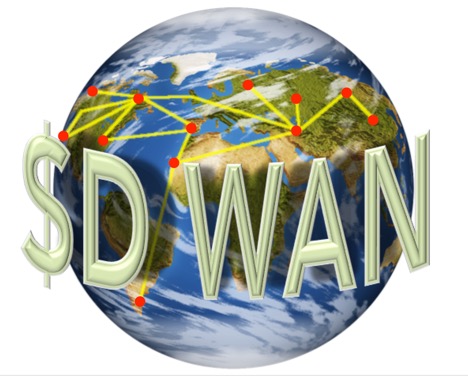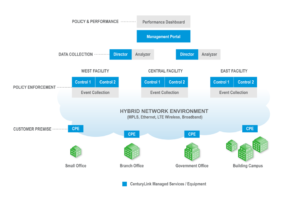Coming off of the heels of last month’s Infrastructure Week we are looking at more and more consolidation in the industry. The core of today’s tech revolution and innovation is dependent upon telecommunications infrastructure and your data center. It remains obscure to many just how and how much of a role they’ll play. Data Center strategy allows companies to build their own cloud with closer proximity to core infrastructure.
Bandwidth and processing hogs like driverless cars will require more bandwidth, more data centers, and more connectivity in remote areas, whether wireless or wireline. That said, we’ll also need greater security woven into the fabric of the network.
Some of the largest acquisitions in the telecommunications and data center space include Digital Realty’s acquisition of TelX and DuPont Fabros, the purchase of Bight House and Time Warner Cable by Charter Communications, Windstream’s acquisition of Earthlink, Altice’s acquisition of Cablevision, and finally CenturyLink’s acquisition of Level3 who’d recently completed acquisitions of Global Crossing and TW Telecom. The above mergers all made sense by creating efficiencies in technology, human capital, and more.But what does that do for competition?
The telecommunications industry is tightly regulated but the move to ISP from Telco is a relatively immature move for regulators who have been at this since the 30’s. In 1984 when long haul and local traffic were broken up and even in ’96 when the RBOCs had to wholesale, regulations weren’t written to account for the architecture of the internet as a whole.
Net Neutrality was presented to the public by most media as stopping “the fast lane to the internet” but that’s not possible given the architecture of the world wide web. The internet is like a series of highways and Telco providers pretty much control the flow of traffic via their toll booths, or IP routers, and highways or long haul fiber. The true “fast lane to the internet” is space in a data center sitting on top of a dedicated connection into a core IP router. The laws of physics govern the speed that light can travel through glass and a data packet can travel from point A to Z. That said, the data center gets you closer to the core, lowering your latency.
Lobbyist David Redl has recently been appointed to the NTIA National Telecommunications and Information Administration. Many are concluding that he, along with Ajit Pai the Chairman of the FCC, will continue along the road to increased mergers and acquisitions. Many were shocked when Comcast’s offer to buy Time Warner Cable was blocked by the FCC yet Charter’s offer was approved. Customers used to poor service were glad to see that it didn’t go through after having come off of winning Consumerist’s Golden Poo Award and having a viral YouTube video of a customer trying to cancel their service with a rogue Comcast rep.
Some critics say that the telecommunications industry is an inherent monopoly to be viewed in the same light as a utility company so consolidation is to be expected. Others think that less competition will lead to poor customer service and high prices like in the eighties and nineties. What is clear is that the acquisitions keep coming and network architecture is pretty static. Security being a concern that is hot right now really lends to the argument in favor of consolidation as a single network is not only easier to manage, it’s easier to secure and perhaps monitor.



